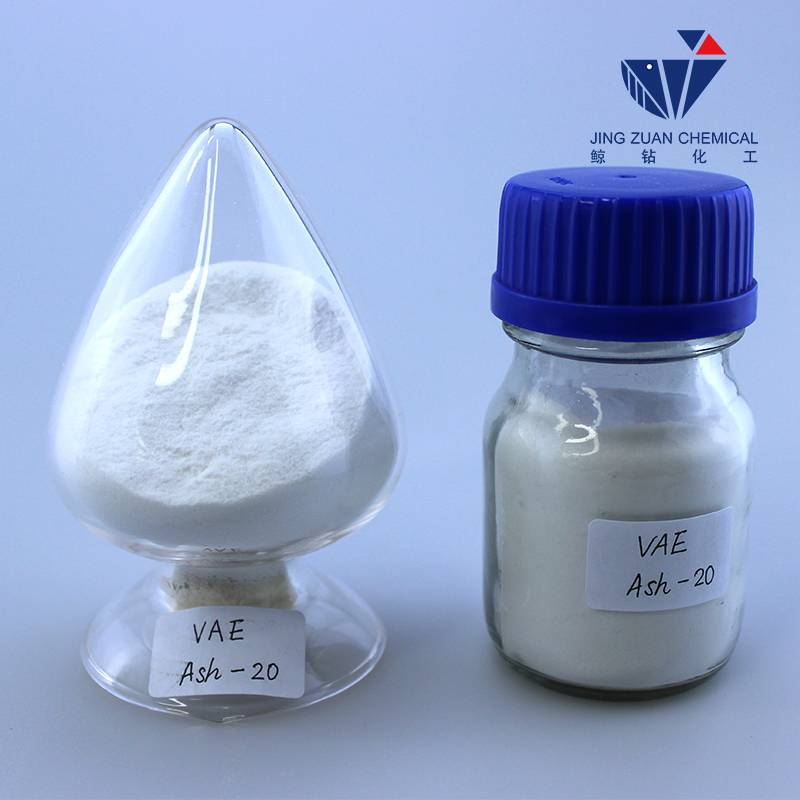
Nov . 30, 2024 00:53 Back to list
Influence of Hydroxyethyl Cellulose Concentration on Viscosity and Application Performance
Hydroxyethyl Cellulose Viscosity Understanding Its Significance and Applications
Hydroxyethyl cellulose (HEC) is a water-soluble polymer derived from cellulose, a naturally occurring biopolymer found in plant cell walls. HEC is widely used in various industries, including pharmaceuticals, cosmetics, food, and construction, due to its unique properties, particularly its viscosity. Viscosity plays a crucial role in determining the behavior and performance of HEC in different formulations, making it essential to understand how this parameter affects its applications.
Properties of Hydroxyethyl Cellulose
HEC is characterized by its ability to form clear, viscous solutions when dissolved in water. The viscosity of HEC solutions can vary significantly based on several factors, including concentration, temperature, and the molecular weight of the polymer. Typically, HEC has a high molecular weight, which contributes to its thickening ability. The introduction of hydroxyethyl groups enhances the solubility of cellulose in water, resulting in solutions that are stable over a wide range of pH levels.
The viscosity of HEC solutions can be manipulated to meet specific requirements for different applications. For instance, lower viscosity grades may be suitable for applications that require easy handling and low resistance to flow, while higher viscosity grades can provide effective thickening in gels or creams.
Significance of Viscosity in Applications
1. Pharmaceuticals In the pharmaceutical industry, HEC is commonly used as a thickening agent in liquid formulations, such as syrups and suspensions. The viscosity of HEC can improve the stability and bioavailability of active ingredients, ensuring that medications are delivered effectively to patients. Additionally, HEC is utilized in ophthalmic products as a tear substitute, providing necessary lubrication and comfort.
2. Cosmetics and Personal Care In cosmetic formulations, HEC is valued for its ability to enhance the texture and stability of creams, lotions, and gels. The viscosity of HEC contributes to the sensory attributes of these products, affecting their spreadability and overall user experience. For example, higher viscosity HEC can create a luxurious, rich feel in moisturizing creams, while lower viscosity can be employed in lighter gels.
hydroxyethyl cellulose viscosity

3. Food Industry HEC is recognized as a safe food additive, utilized as a thickener and stabilizer. The viscosity of HEC plays a vital role in controlling the texture of food items, such as sauces, dressings, and dairy products. By adjusting the concentration of HEC in formulations, manufacturers can achieve the desired mouthfeel and consistency, enhancing the overall enjoyment of food products.
4. Construction and Building Materials In the construction industry, HEC is used in cement and mortar formulations, contributing to workability and water retention. The viscosity of HEC helps improve the flow properties of cement mixes, preventing segregation and ensuring uniform distribution during application. This property is particularly beneficial in the production of high-performance building materials.
Factors Affecting Viscosity
The viscosity of HEC solutions can be influenced by various factors, including the degree of substitution (DS), molecular weight, and concentration. The degree of substitution refers to the average number of hydroxyethyl groups introduced to the cellulose structure. A higher DS typically leads to increased solubility and viscosity. Additionally, as the concentration of HEC increases, so does the viscosity of the solution, creating a thicker product.
Temperature also affects viscosity, as most polymers exhibit a decrease in viscosity at elevated temperatures. This property can be exploited in applications requiring ease of processing, allowing for the manipulation of viscosity during formulation.
Conclusion
In conclusion, hydroxyethyl cellulose viscosity holds significant importance across various industries, contributing to the stability, texture, and overall performance of numerous products. Understanding the principles behind HEC viscosity allows formulators and manufacturers to tailor their products to meet specific needs and consumer preferences. As research and innovations in polymer science continue, the versatility of HEC and its applications are likely to expand, paving the way for even more advanced formulations and products in the future.
-
Versatile Hpmc Uses in Different Industries
NewsJun.19,2025
-
Redispersible Powder's Role in Enhancing Durability of Construction Products
NewsJun.19,2025
-
Hydroxyethyl Cellulose Applications Driving Green Industrial Processes
NewsJun.19,2025
-
Exploring Different Redispersible Polymer Powder
NewsJun.19,2025
-
Choosing the Right Mortar Bonding Agent
NewsJun.19,2025
-
Applications and Significance of China Hpmc in Modern Industries
NewsJun.19,2025







